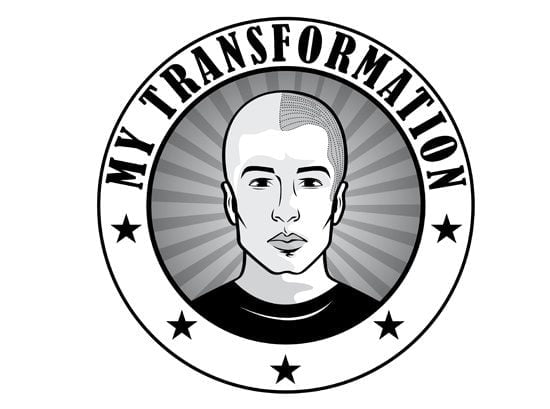
Why Do Men Suffer From Male Pattern Hair Loss?
Share
Everyone is different, but men and women generally do not lose hair at the same rate.
Research tells us that one reason for this phenomenon is because the pattern of genes is specific to a given gender and is expressed differently between individuals.
Men lose hair in the pattern of the Norwood Scale, whereas women lose their hair in the pattern of the Ludwig Scale.
The Reality of Family Genetics You may have noticed some hair loss by now; this is entirely normal and happens to everyone (well, not quite).
Male pattern hair loss (MPHL), also known as androgenetic alopecia, is a common condition that affects a significant number of men as they age. Understanding the underlying causes of this condition can help men take proactive steps to manage their hair loss.
The Causes of Male Pattern Hair Loss
The primary factor contributing to male pattern hair loss is genetics. Men who have a family history of hair loss are more likely to experience it themselves due to inherited traits. Additionally, male hormones, particularly dihydrotestosterone (DHT), play a crucial role in this condition. DHT is a derivative of testosterone that can shrink hair follicles, leading to thinner hair and eventual hair loss.
Other factors that may exacerbate or influence hair loss include stress, poor nutrition, and certain medical conditions. While these factors may not directly cause male pattern baldness, they can contribute to its progression or worsen the overall condition.
In conclusion, male pattern hair loss is primarily driven by genetic predisposition and hormonal changes. Understanding these factors can empower men to seek effective treatments and embrace their hair loss journey with confidence.
While many women will retain what they have or even see their hairline get fuller as they age, most men lose their hair no matter how young they start losing it.
Four out of five (or about 69%) of men over the age of fifty begin experiencing some form of hair loss.
Growing your hair long and healthy can be more challenging if you have a family history of hair loss.
The cause behind hereditary male or female pattern baldness is not fully known.
However, it is widely accepted in the medical community that genetics play an essential part in this condition.
Doctors do not fully understand why men experience the shrinking of their hair follicles or why balding occurs in the same way for most men. Familial history plays a significant role in whether one will go bald as they age.
Head hair can thin out and become even finer, softer, and shorter as one ages and their hormone levels change.
The Presence of Health Problems And Diet Considerations - When you experience hair loss as a male, it is recommended that you visit your doctor, as this can be an indication of a severe health condition.
In some cases, hair loss may be a symptom of thyroid disorders or anemia.
If you are not getting enough protein and iron in your diet, it’s possible to experience hair loss if your body lacks these nutrients.
Medication and Medical Treatments: - When you have a medical condition and are prescribed medication, some side effects cannot make themselves known to everyone.
Hair loss is one of the more common ones.
If you run into this particular situation, it’s important to communicate with your doctor and figure out if you need to change your dosage or which brand of pills you’re using.
It is wise to talk with your hairstylist because they might be able to help you develop a way to camouflage hair loss.
Shock Or Stress – When your body goes through an experience of shock or stress, this can, unfortunately, result in hair loss.
Your body may be shocked by a sudden weight loss, resulting in hair loss.
In some cases, an extreme emotional shock can lead to hair loss.
Some other things that may cause hair loss include surgical procedures and fevers, as well as the flu.
The solutions to hair loss are difficult to come by.
The best options we know about are usually hats, hairpieces, or transplant surgery.
But did you know there is a non-invasive, non-surgical hair loss solution?
Scalp micropigmentation offers guaranteed results; it’s cost-effective and requires no downtime after the treatment.
Find out more here, or if you are in the USA, look at Stevey G SMP!
